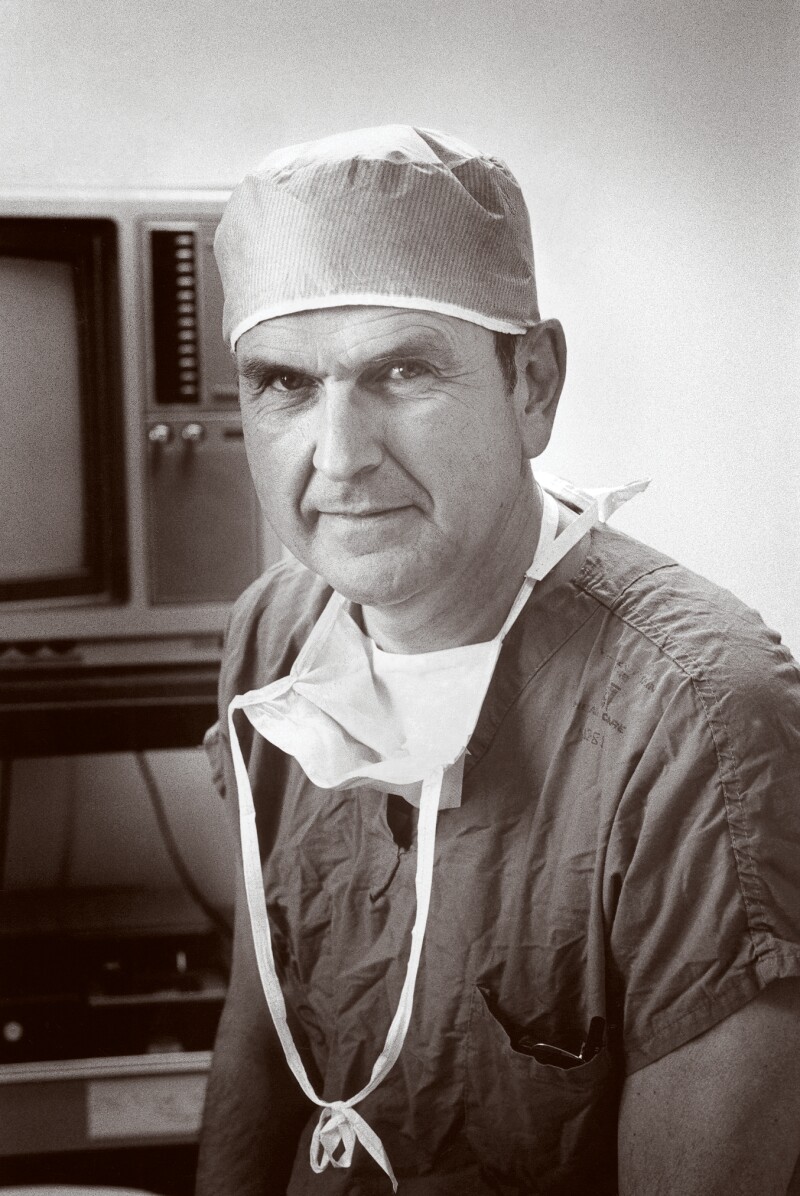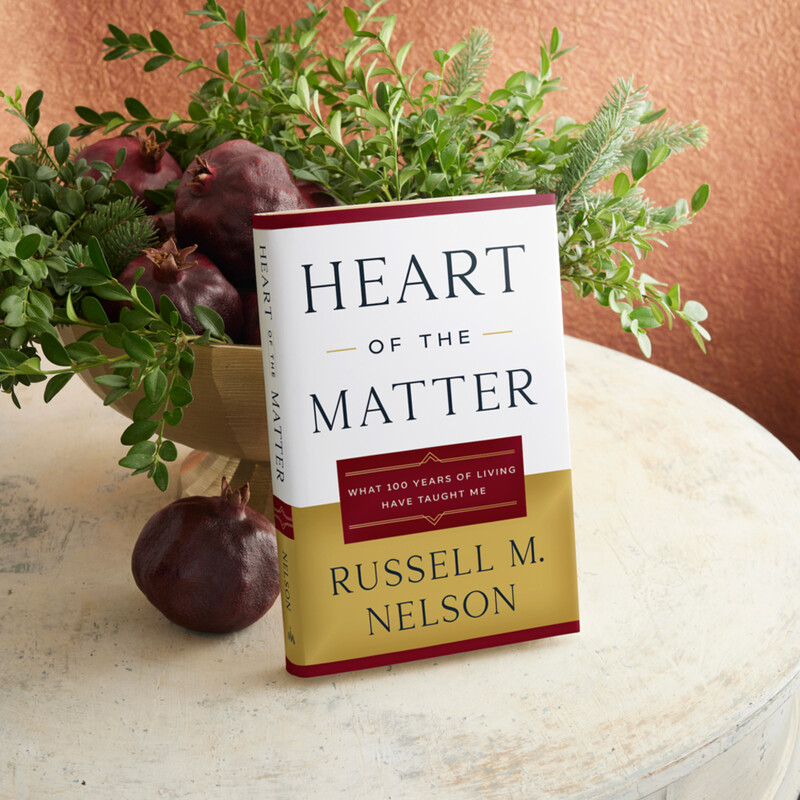
Editor’s note: This article is an excerpt from President Russell M. Nelson’s book Heart of the Matter.
At age seventeen, I entered the University of Utah. World War II was raging, and every branch of the military needed doctors. That urgency pushed me toward medicine. The war disrupted our lives in countless ways, including changing the school’s calendar, which allowed me to work simultaneously on my bachelor’s and MD degrees. I received my BA in 1945 and my MD in 1947, at age twenty-two.
I was fortunate to do my internship and postgraduate work at the University of Minnesota, then regarded as one of the most prestigious universities for surgical training. There I was mentored and tutored by critically acclaimed physiologists, surgeons, researchers, and innovators.
Before going to Minnesota for postgraduate work, I had never considered heart surgery as a profession—because there was no such thing at the time! In fact, in medical school, I was taught that I must never touch the human heart or it would stop beating. One of my medical school textbooks, by Theodor Billroth, published in 1913, threatened that “a surgeon who would attempt such an operation should lose the respect of his colleagues.”
The theory was that God had made the body in such a way that the heart was protected with a sternum, so “hands off!”
But then, through a serendipitous sequence of events, something happened that changed the direction of my career and my life. I landed a spot on a research team, led by Dr. Clarence Dennis. This team was striving to build one of the world’s first artificial heart-lung machines. For everyone on that team, this was a giant leap into the unknown. We were developing a machine that would essentially take over a patient’s circulation to allow surgery on a heart that was not beating—even though we still wondered if it were even possible to touch the human heart without permanently damaging it.
There were, of course, many starts, stops, laboratory messes, and false assumptions as we ventured into an entirely new area of medicine. We had no idea about optimum oxygen consumption rates or minimum flow rates or the influence of temperature on the rate of metabolism. It took us a year just to learn how to have blood flow outside of the body without clotting and then make it coagulate again so healing could take place in the surgical incision.
Gratefully, our many early failures were punctuated with periodic successes. Finally, in March 1951, Dr. Dennis and others performed the first open-heart operation on a human being using the machine our team had built. However, it was not my good fortune to be in the operating room that day.
In the middle of my surgical training, the Korean War began, and because I was highly susceptible to the draft, I enlisted in the army and became a first lieutenant in the Army Medical Corps. I was initially assigned to the Walter Reed National Military Medical Center in Washington, D.C. Later I spent time in M.A.S.H. units on the Korean Peninsula. Both of those assignments were highly instructive—and in very different ways.
After fulfilling my military obligation, I spent a year on the Harvard service at Massachusetts General Hospital in Boston. During that period of surgical training, I felt like a boy on Christmas morning who had just received his first red wagon. The mental stimulation in Boston was fantastic! Surgeons at Mass. General performed operations like an artist paints a portrait. My time there was a prized opportunity to increase my knowledge and exponentially improve my skills as a surgeon. Ultimately, I returned to Minnesota to finish my residency and receive my PhD degree.
I then returned to Utah, where I performed the first open-heart operation west of the Mississippi. That was November of 1955. I was the third surgeon in the United States to perform such an operation successfully. I then continued to teach and practice thoracic and cardiovascular surgery for roughly thirty years. … Without question … my ventures with the heart-lung machine during its earliest stages of development changed the course of my professional life.
A Call to Serve
… At age fifty-nine, and without warning, my life changed in a way I never expected. I was called to serve as a member of the Quorum of the Twelve Apostles in The Church of Jesus Christ of Latter-day Saints. As had every Apostle before me, I left my professional career behind and turned my attention to teaching the gospel of Jesus Christ and ministering around the world to others in need. My career had been all about healing diseased hearts. But suddenly I realized that my life would now be devoted to a different—and even more profound—kind of healing of hearts. For forty years now, it has been my focus and joy to teach the restored gospel of Jesus Christ, which is a gospel of healing wounded hearts—hearts that are filled with grief, confusion, anxiety, or discouragement.
Thus, both my professional and apostolic roles have centered around the heart. Practicing medicine taught me that with even the finest skills a physician or surgeon can acquire, we as mortals have no healing power in and of ourselves. We did not create the body. God did. We must depend upon law—divine law—to know how to tend to the body medically in such a way that the body will heal itself.
I remember how thrilled we were to learn through those early experiments so many decades ago that the heart did not mind being touched. It would keep beating—if we did not violate the laws that govern how it functions. It was the study of medicine that taught me about law—divine law in particular, and the fact that divine law is irrefutable.
A healthy, functioning heart is central to the health and well-being of each of us. However, what I have learned as a servant and witness of Jesus Christ is that a healthy physical heart is only half of our challenge. I take seriously the injunction to love God with all of our hearts because loving Him is what keeps us vibrant. The heart is the organ that keeps us alive physically, and it is also the organ that symbolically propels us forward emotionally and spiritually and gives the greatest meaning to our lives. From my point of view, the heart is at the very heart of everything meaningful in life.

